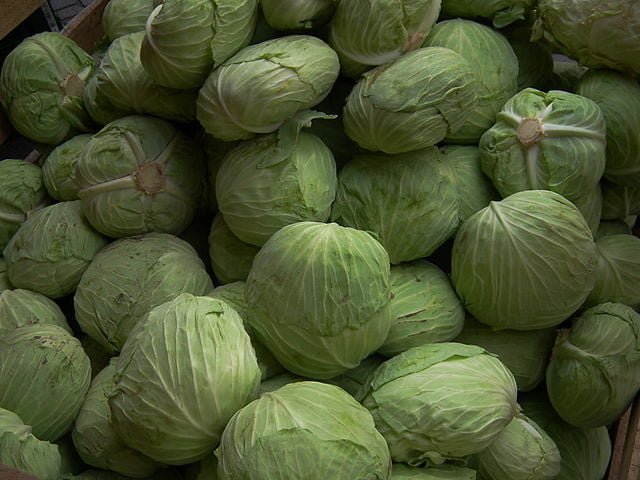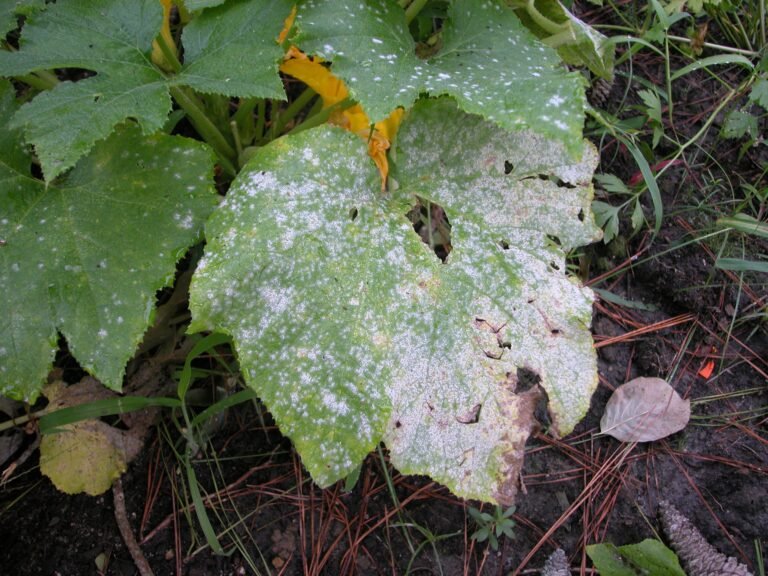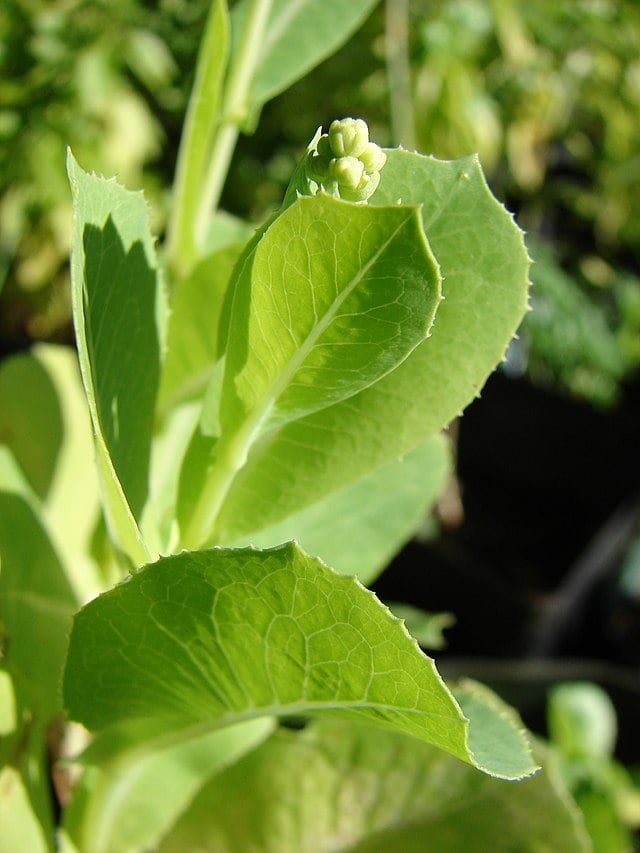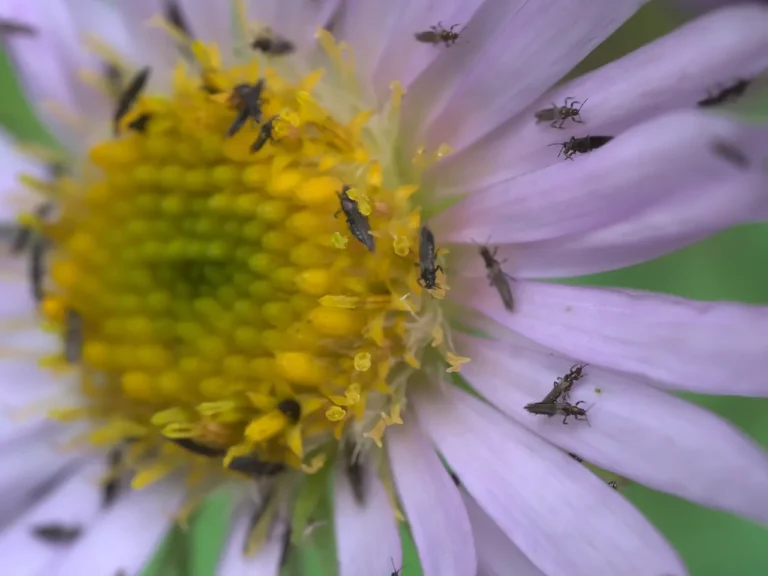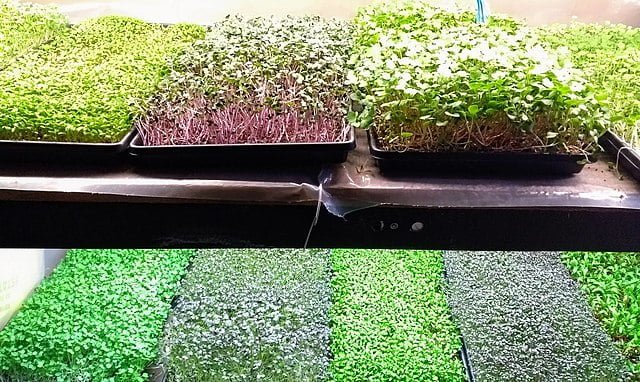Growing Cabbage: A Guide to Cultivating Versatile and Nutritious Heads
Cabbage is a versatile and nutritious vegetable that can be enjoyed raw in salads, cooked in stir-fries, or fermented into sauerkraut. If you’re looking to add this leafy green cruciferous vegetable to your garden and savour its many culinary possibilities, this guide will provide you with simple steps to successfully cultivate cabbage and enjoy its bountiful harvest.
Selecting Cabbage Varieties
Cabbage comes in different types, including green, red, and savoy cabbage. Choose cabbage varieties that suit your preferences and growing conditions. Some popular choices include ‘Gloriosa,’ ‘Golden Acre,’ and ‘Red Express.’ Consider factors such as maturity time, head size, and flavour when selecting the right variety for your garden.
Choosing the Planting Location
Cabbage thrives in full sun but can tolerate partial shade. Select a location in your garden that receives at least 6-8 hours of direct sunlight daily. Ensure the soil is well-draining, fertile, and rich in organic matter. Cabbage prefers a slightly acidic soil with a pH level between 6.0 and 7.5. If your soil is heavy or clay-like, amend it with compost or well-rotted manure to improve its drainage and nutrient content.
Starting Cabbage Seeds Indoors
Start cabbage seeds indoors 6-8 weeks before the last expected frost date in your region. Use seed trays or small pots filled with a high-quality seed-starting mix. Plant the seeds about ¼ to ½ inch deep and maintain a warm temperature of around 70-75°F (21-24°C) to encourage germination. Keep the soil consistently moist but not waterlogged. Transplant the seedlings outdoors once they have developed a few sets of true leaves.
Planting Cabbage Seedlings
Transplant cabbage seedlings into the garden once the danger of frost has passed and the soil has warmed up. Space the seedlings about 12-18 inches apart to allow for proper growth and airflow. Dig a hole slightly larger than the root ball of the seedling, place it in the hole, and back fill with soil, gently firming it around the base. Water the seedlings thoroughly after transplanting to help them establish their roots.
Watering and Care
Cabbage requires consistent moisture to grow properly. Water the plants regularly to keep the soil evenly moist, especially during dry spells. Aim for about 1 inch of water per week, adjusting based on weather conditions. Avoid overhead watering to minimize the risk of fungal diseases. Apply a layer of organic mulch, such as straw or wood chips, around the plants to help retain moisture, suppress weeds, and regulate soil temperature.
Fertilizing and Supporting the Plants
Cabbage is a heavy feeder and requires regular fertilization. Apply a balanced fertilizer or compost around the base of the plants every 3-4 weeks. As the cabbage heads develop, you may need to provide support for the outer leaves to prevent them from sprawling and exposing the heads to the sun. Use stakes or gently tie the leaves together to keep the heads compact and protected.
Pest and Disease Management
Monitor your cabbage regularly for pests such as cabbage worms, aphids, or slugs. Inspect the plants for signs of diseases like clubroot or powdery mildew. Employ organic pest control methods, such as handpicking insects or using insecticidal soap, if necessary. Rotate your crops each year to reduce the risk of disease buildup in the soil.
Harvesting and Enjoying
Cabbage heads are typically ready for harvest when they feel firm and dense. Depending on the variety, this can range from 60 to 100 days after transplanting. To harvest, use a sharp knife and cut the cabbage head at the base, leaving a few of the outer leaves intact. Remove any damaged or loose leaves. After harvesting, store cabbage heads in a cool and dark place or use them immediately in your favourite recipes.
Growing cabbage requires patience and care, but the rewards are worth it. By following these simple steps and providing the right growing conditions, you’ll be able to cultivate healthy cabbage heads and enjoy their versatility and nutritional benefits in a variety of delicious dishes.

